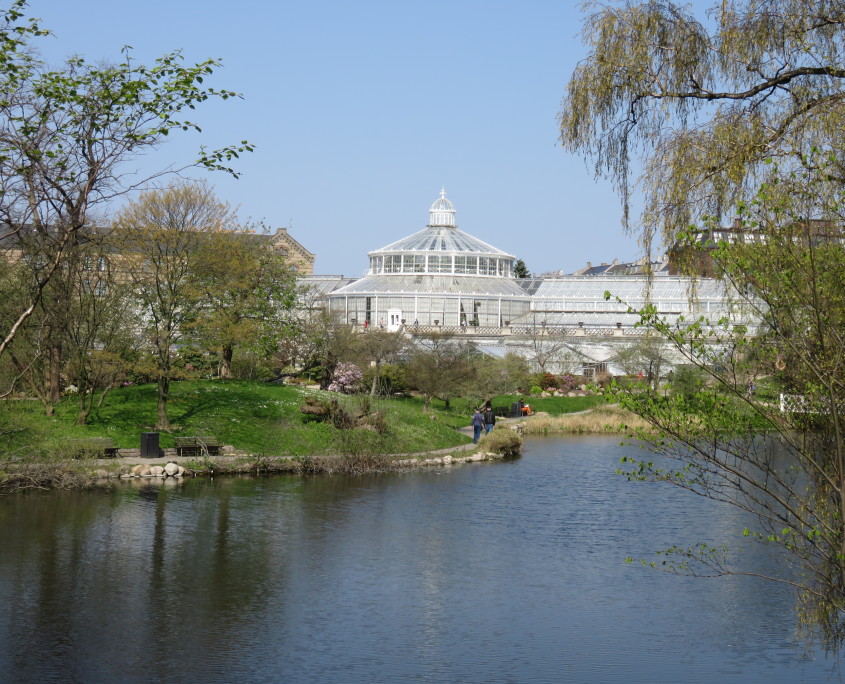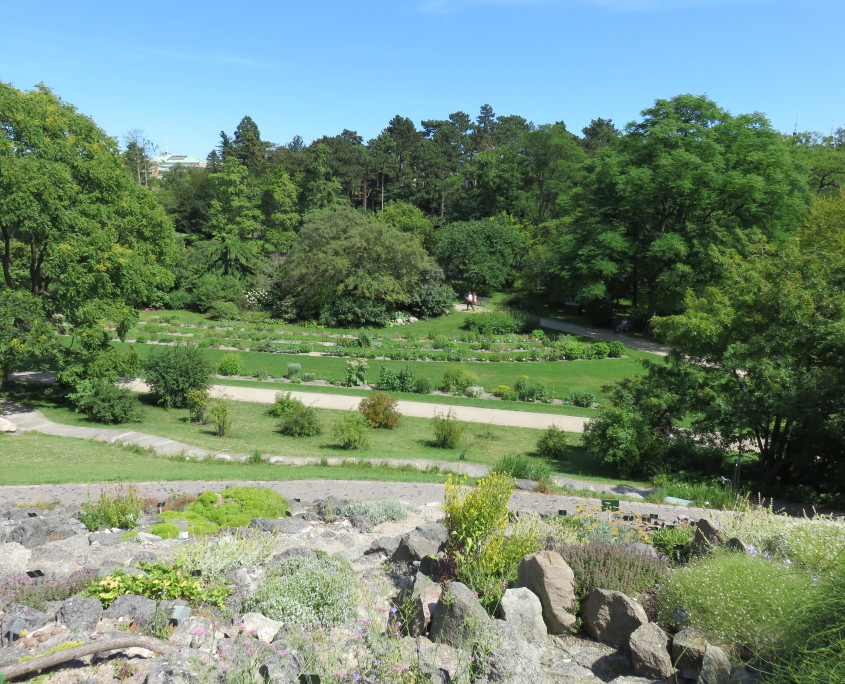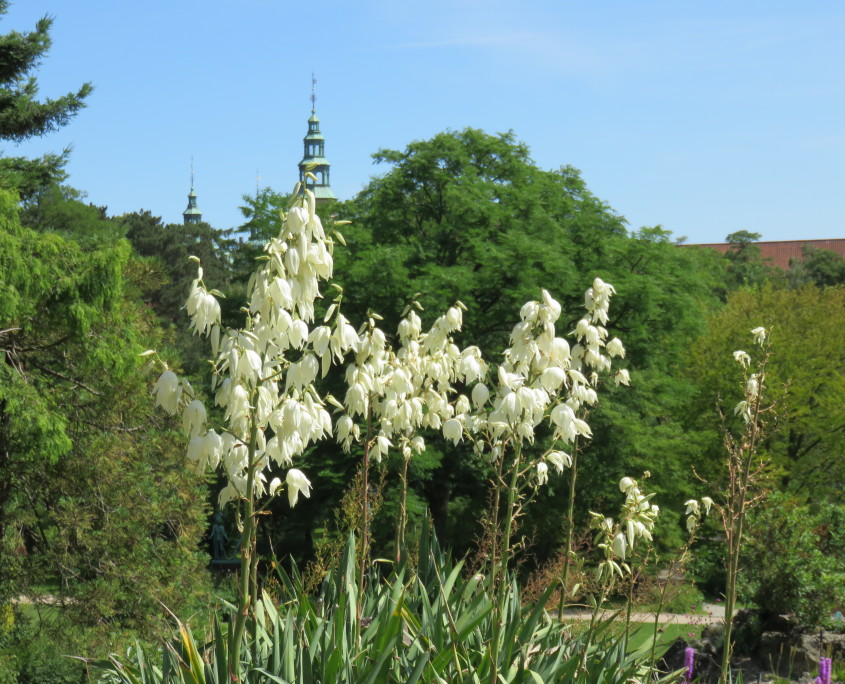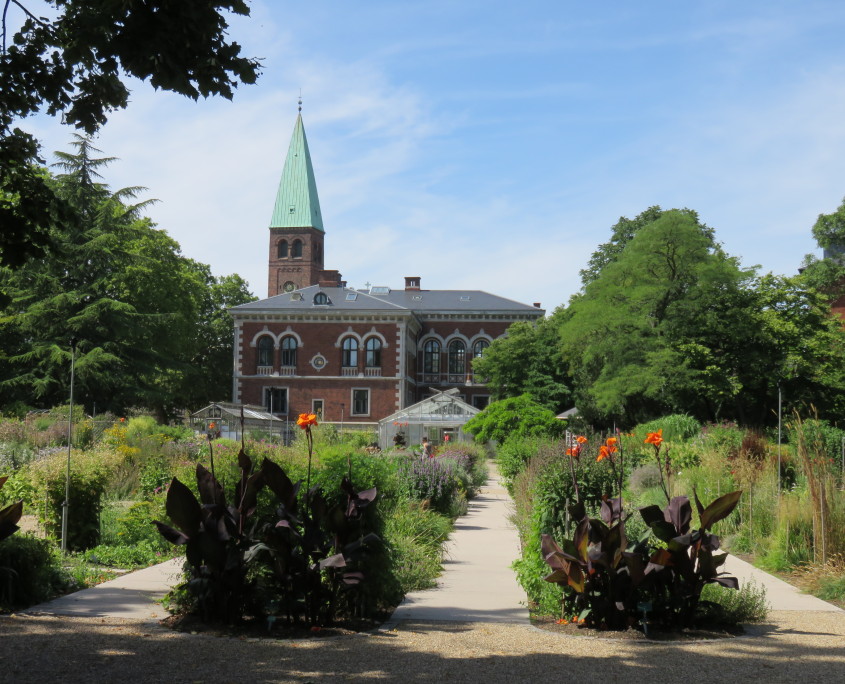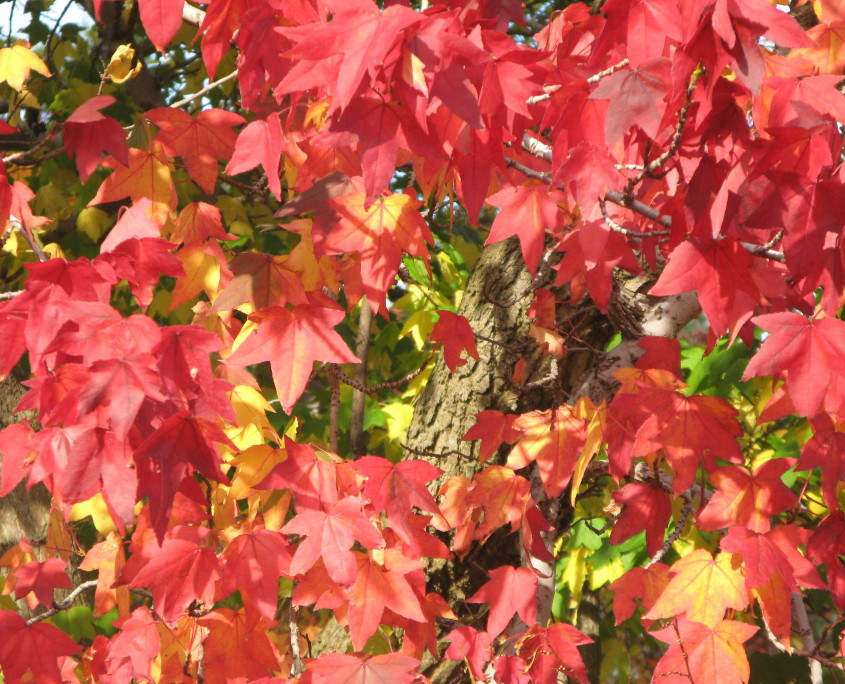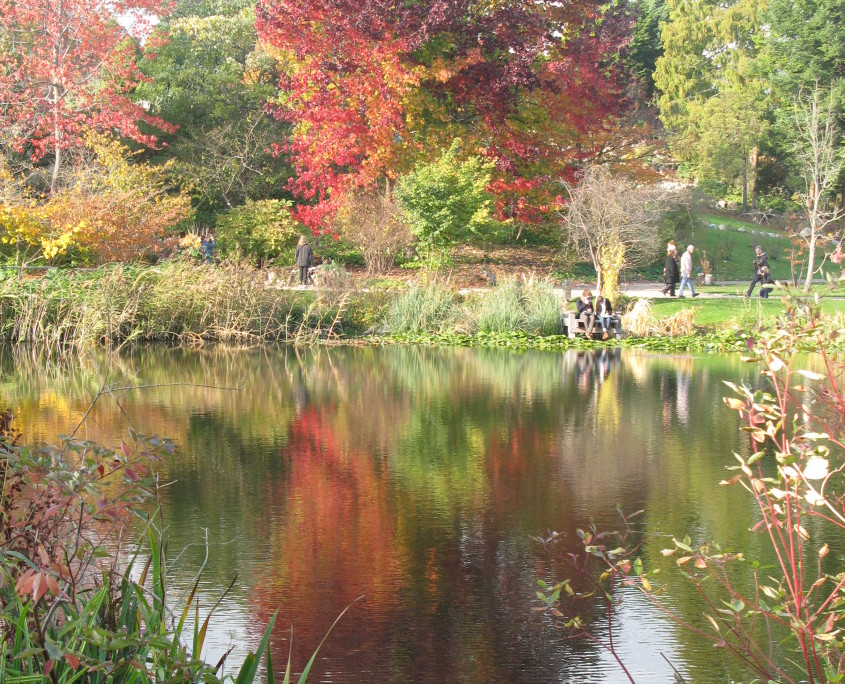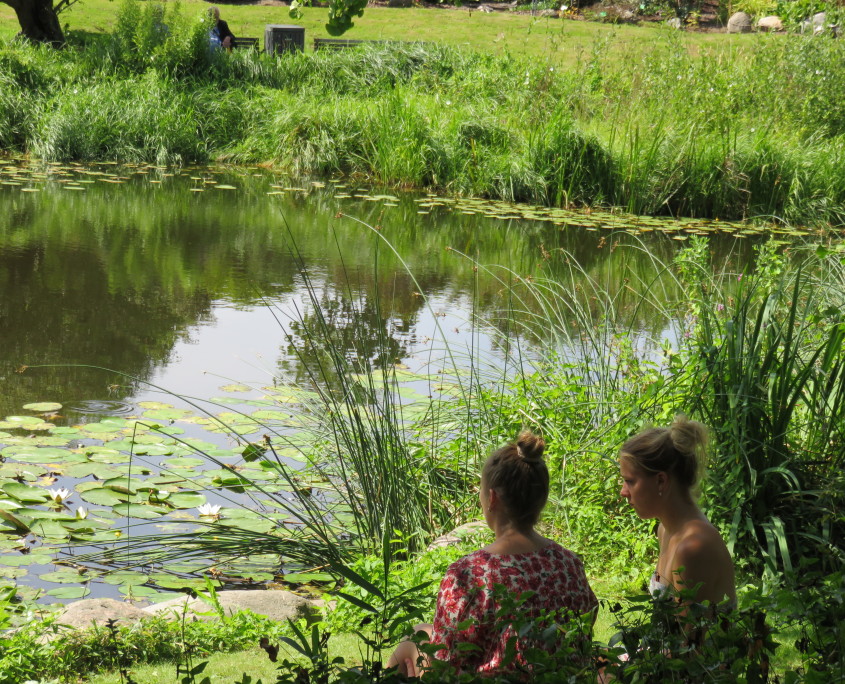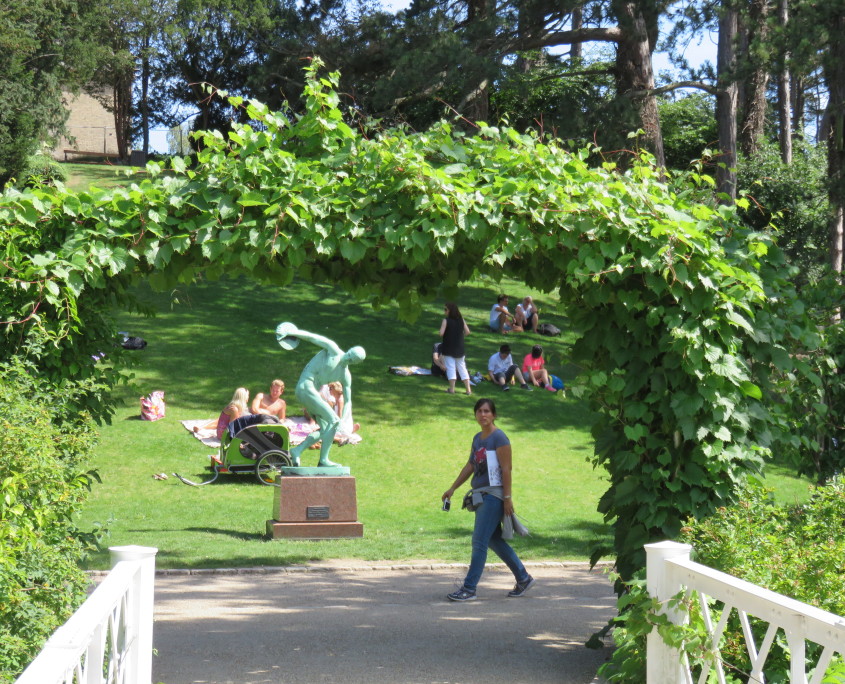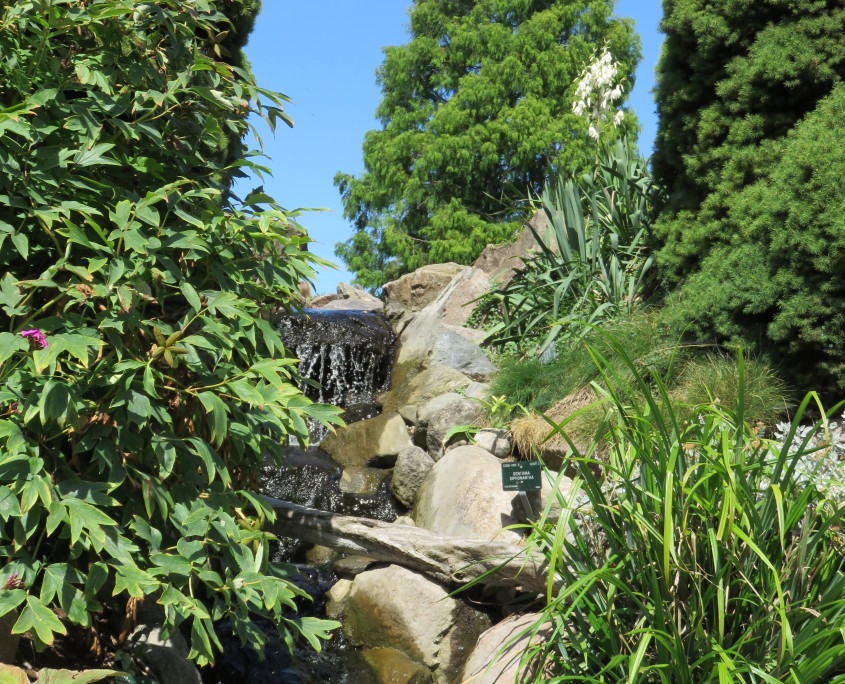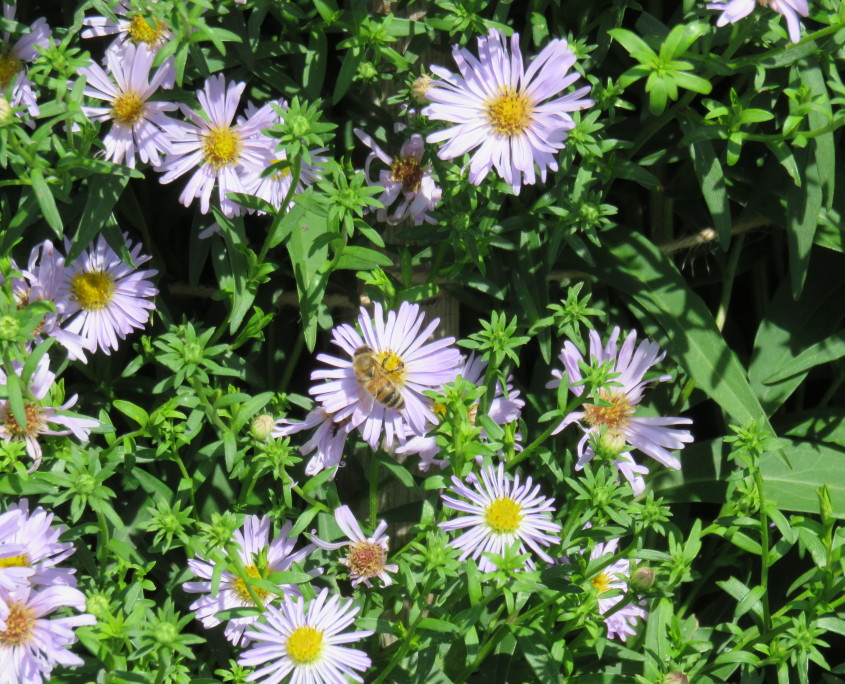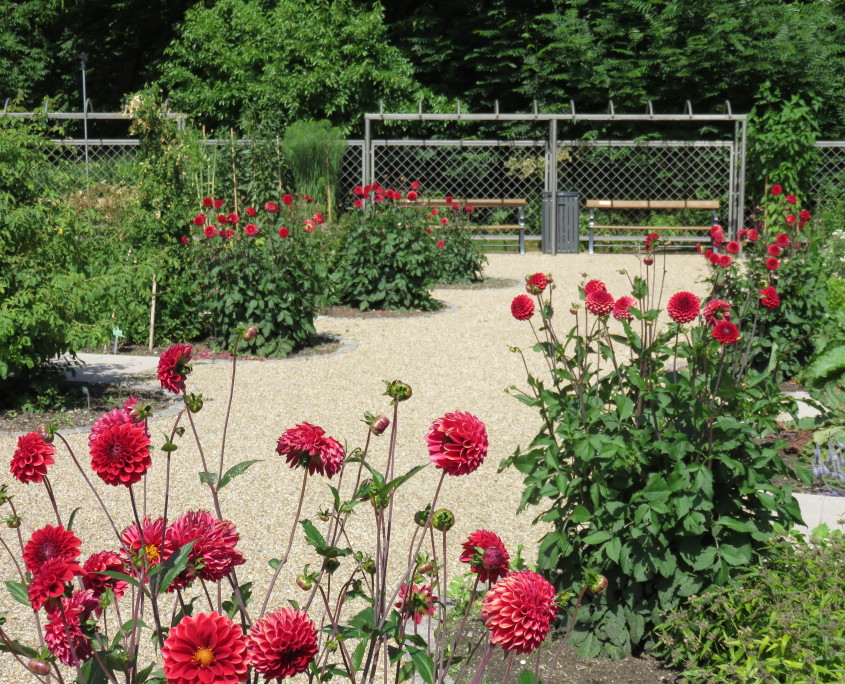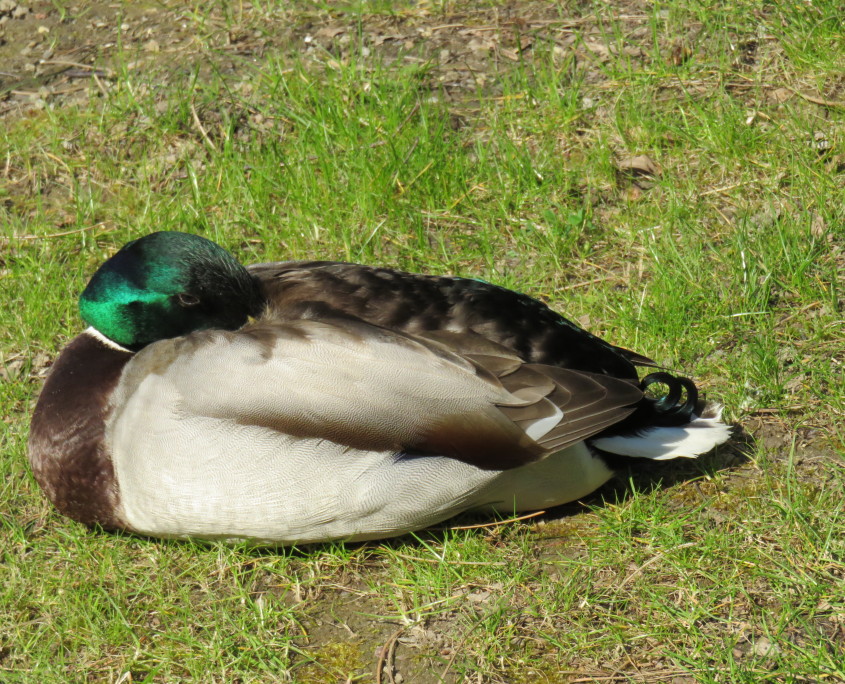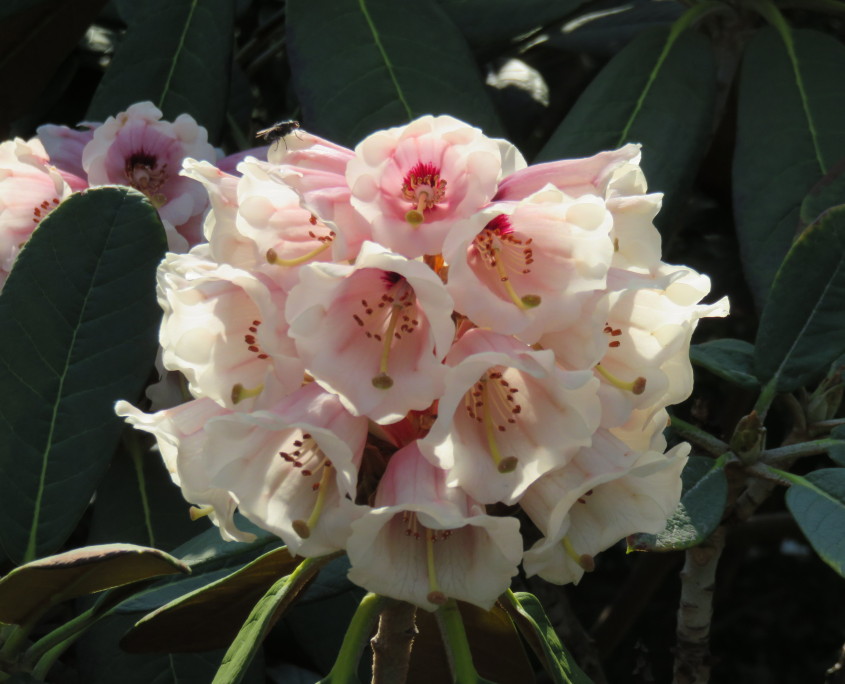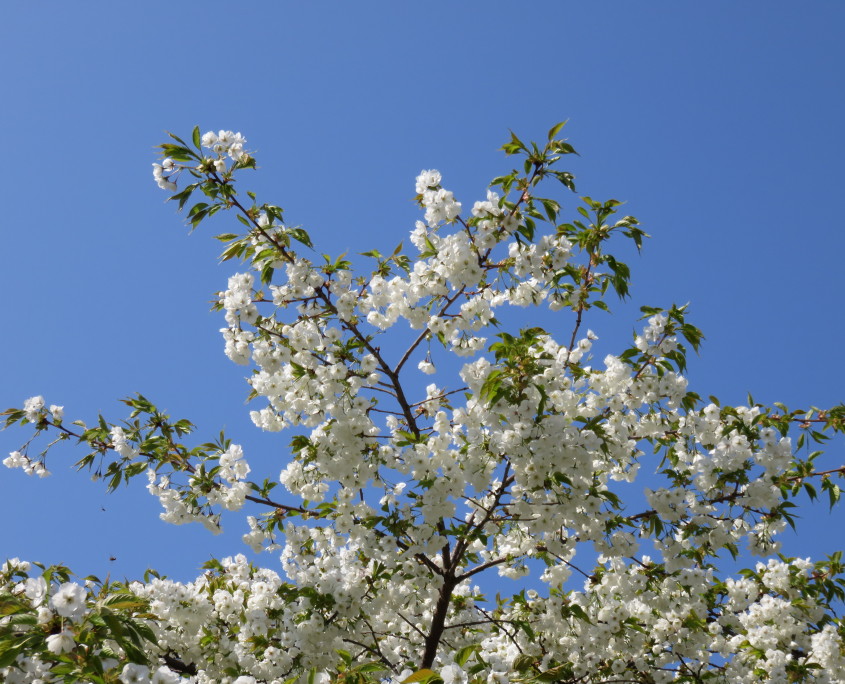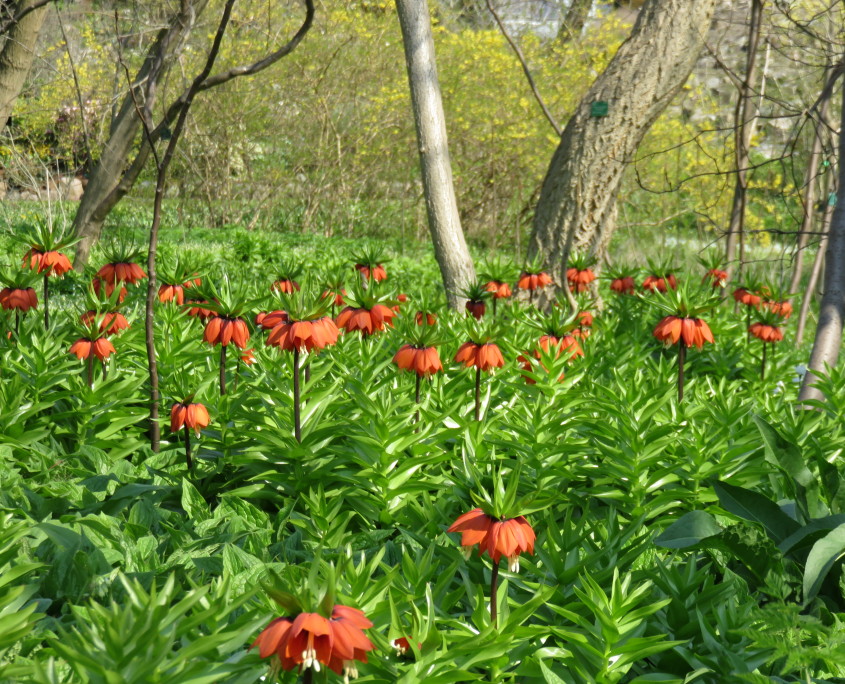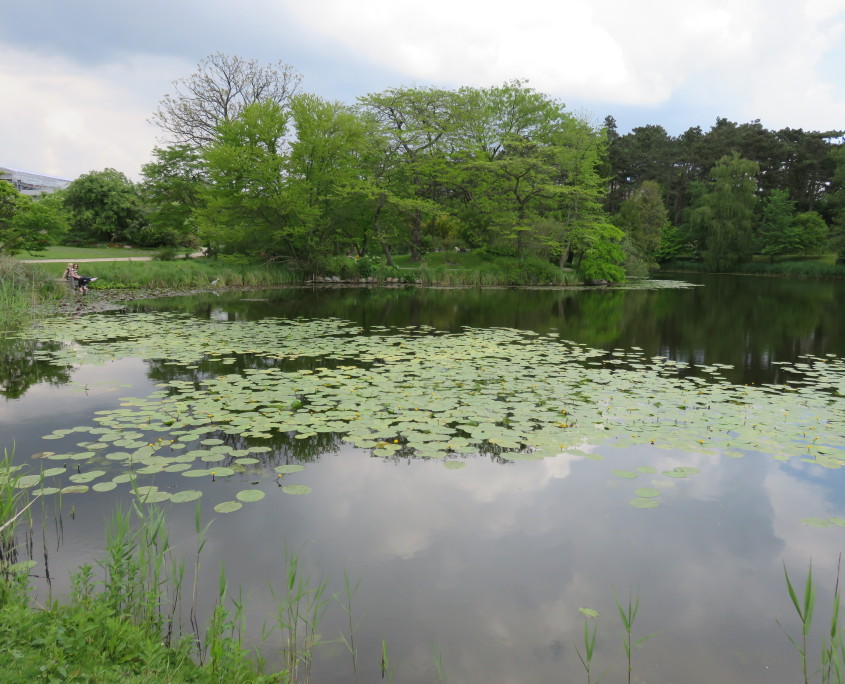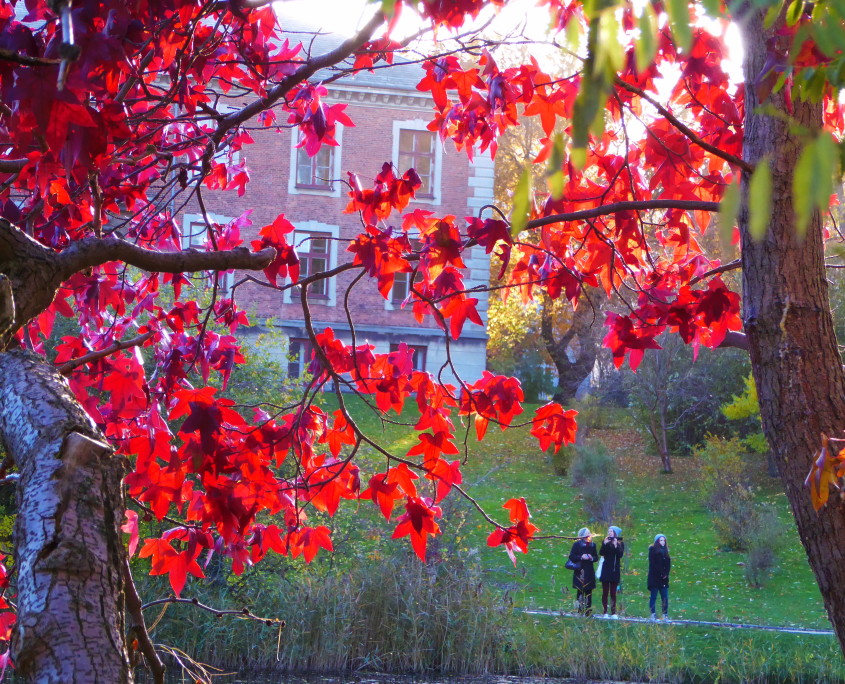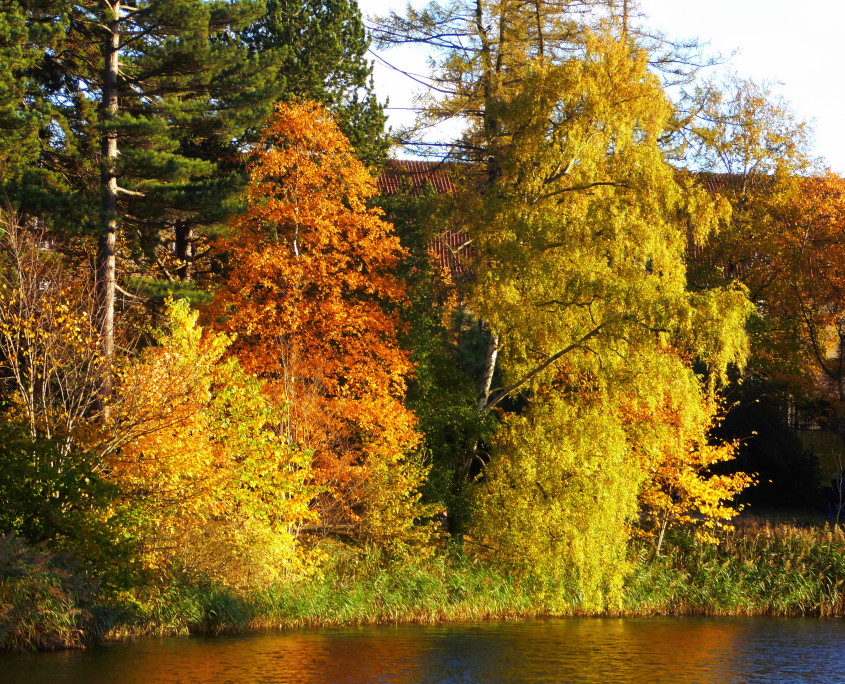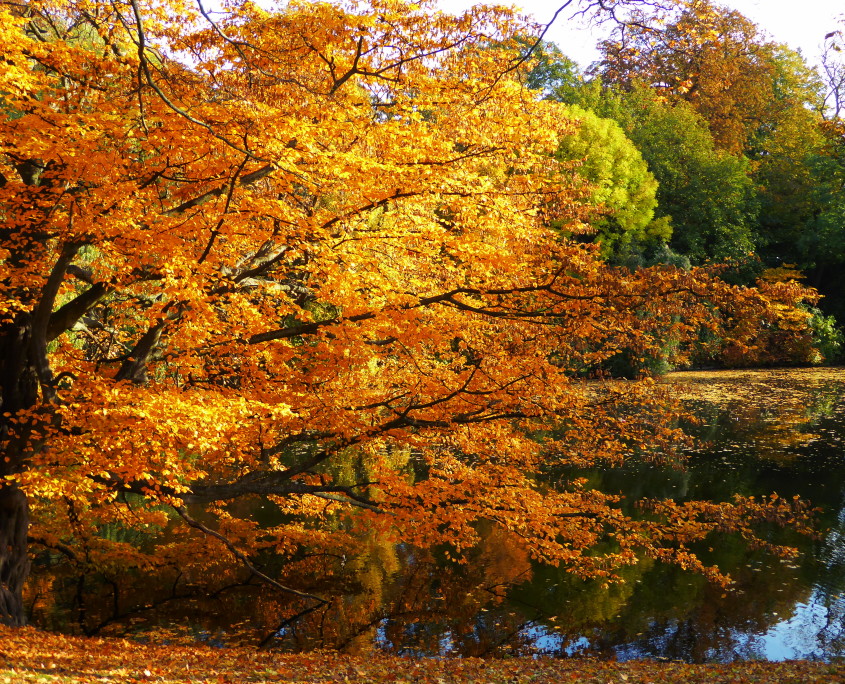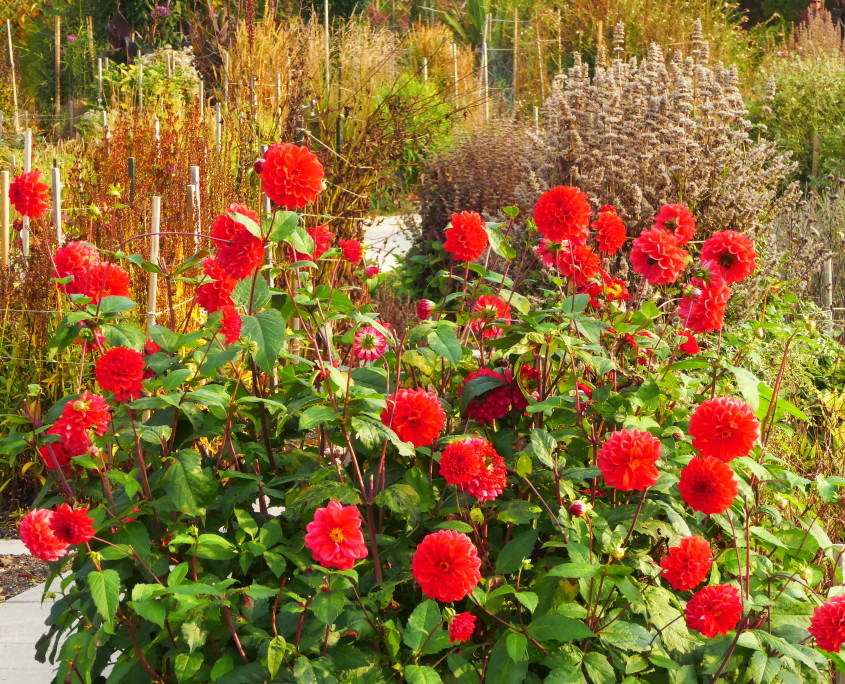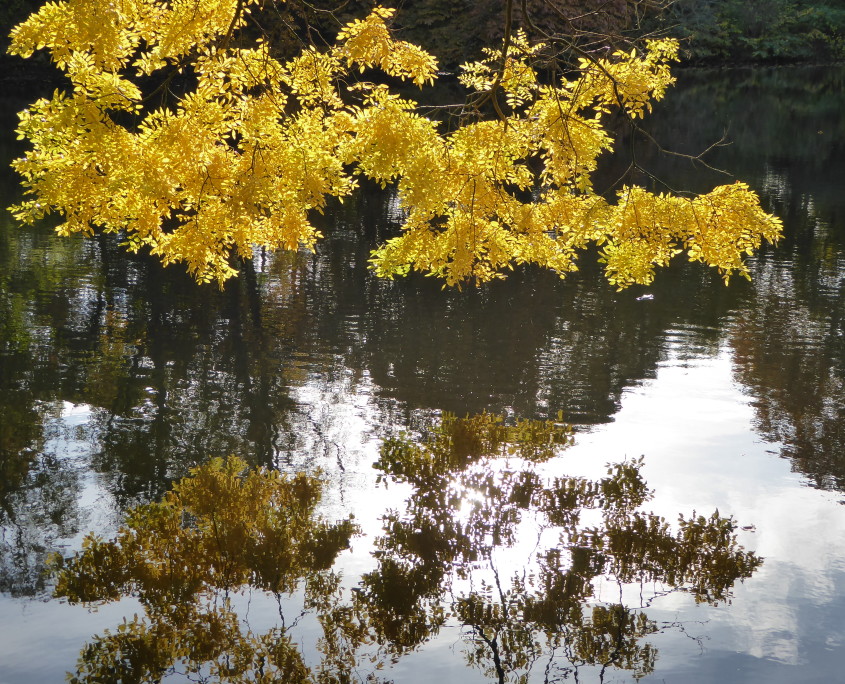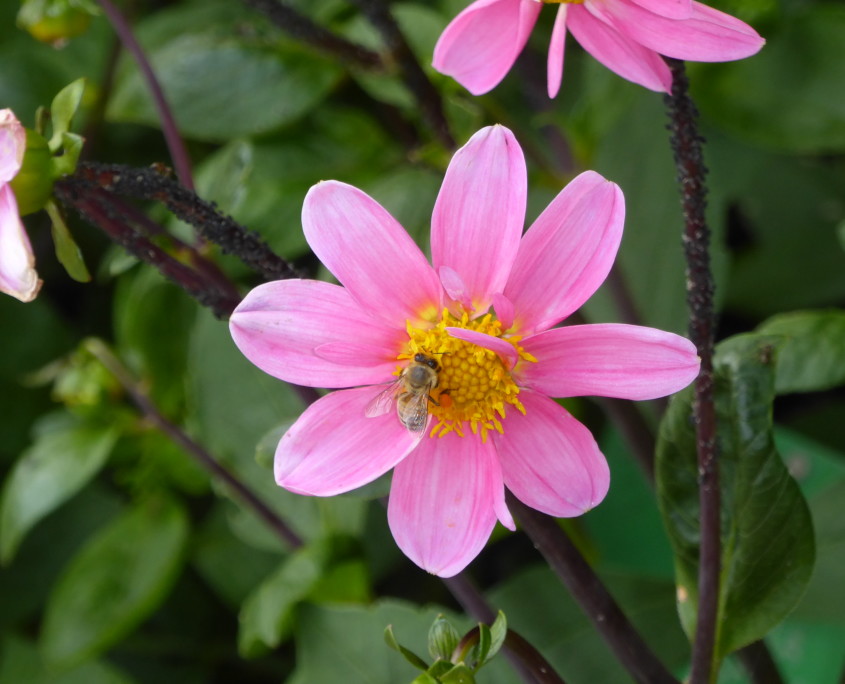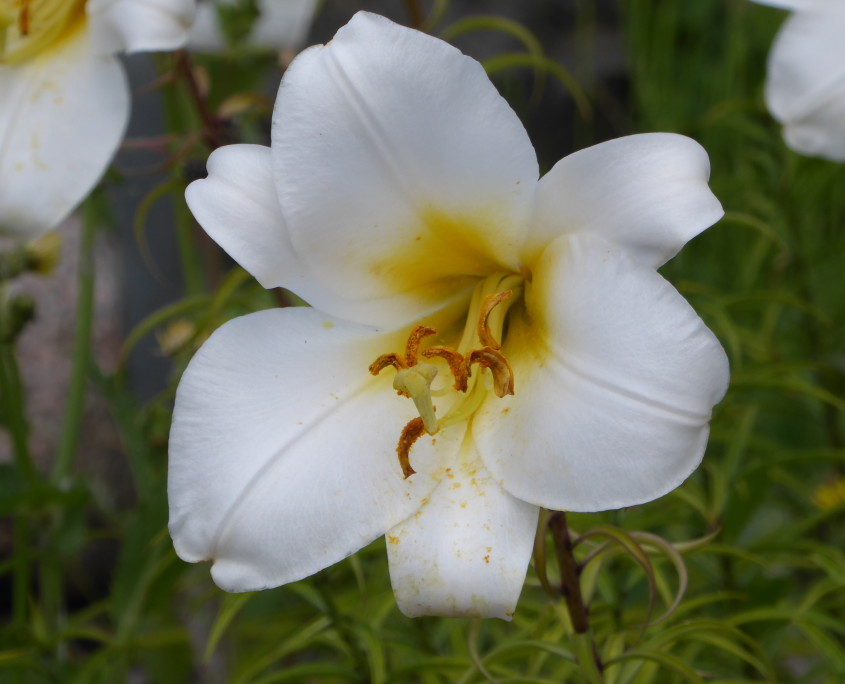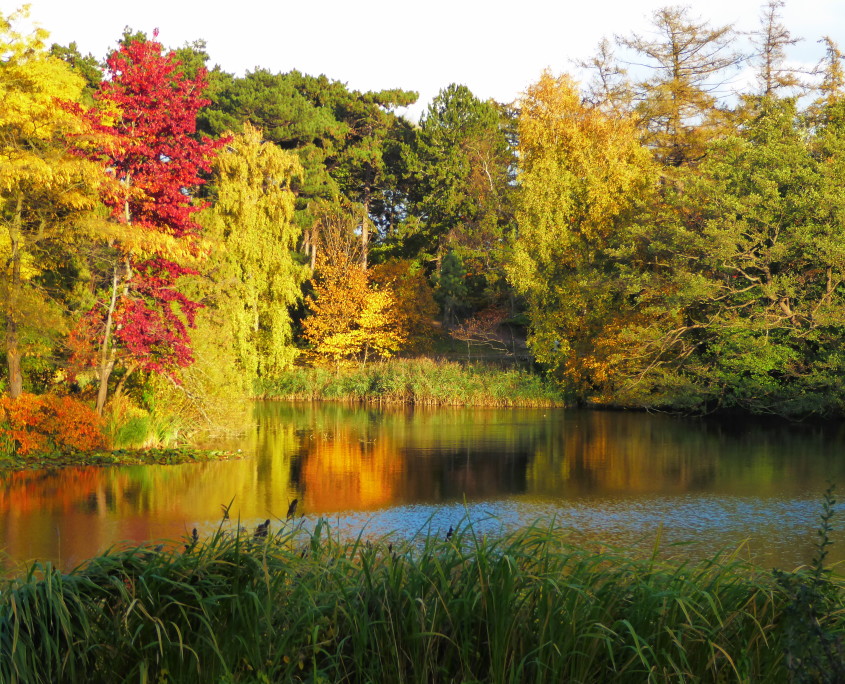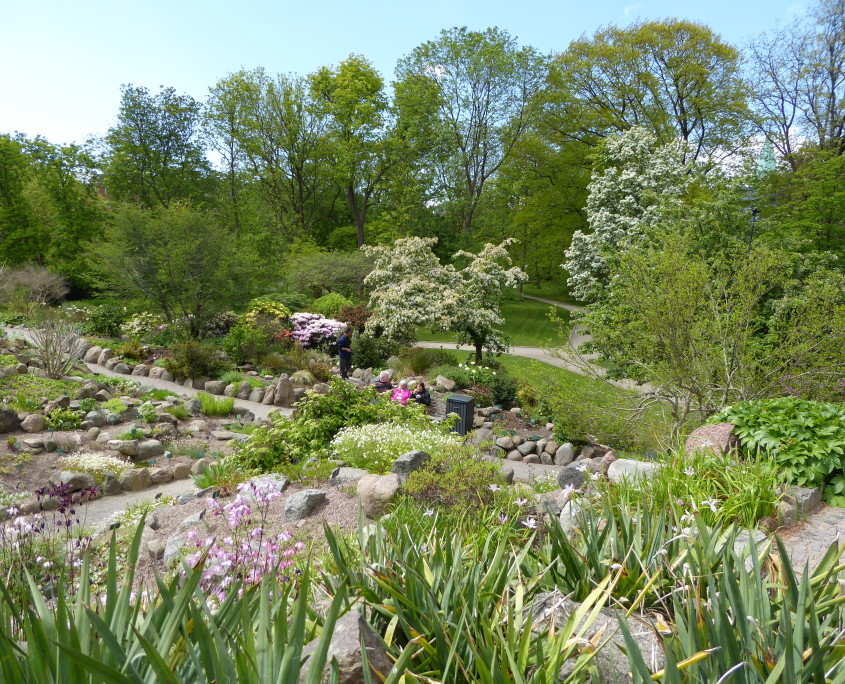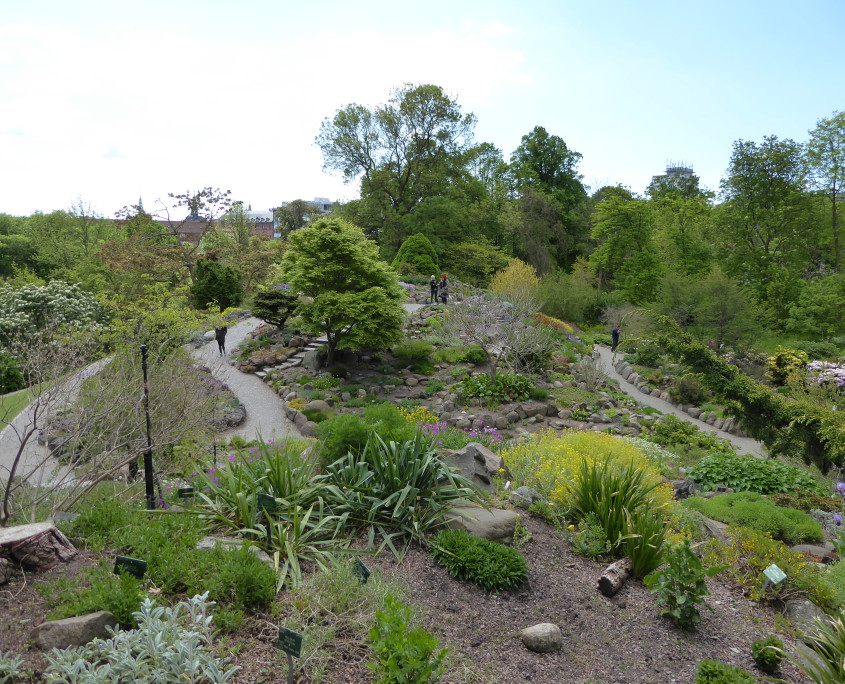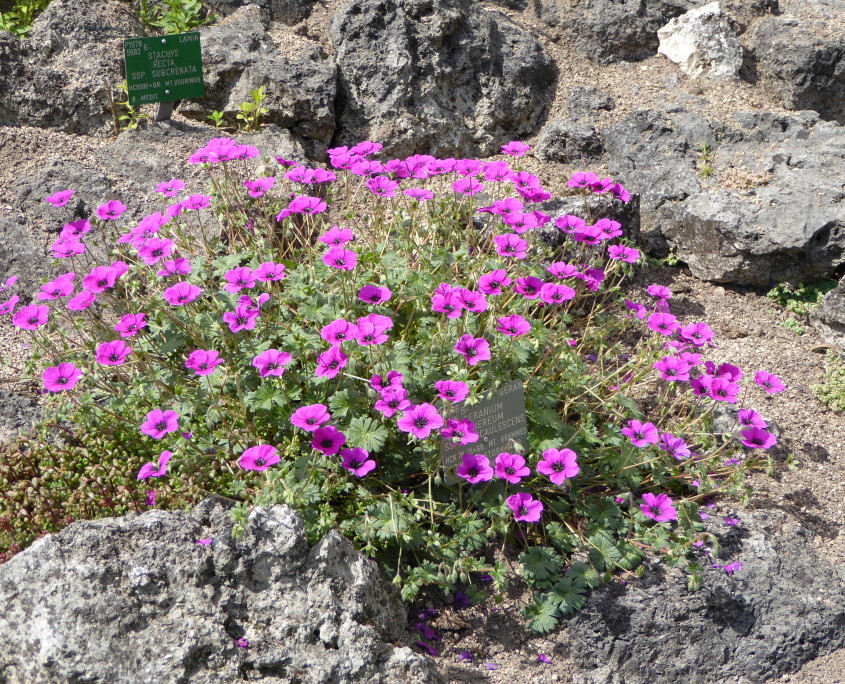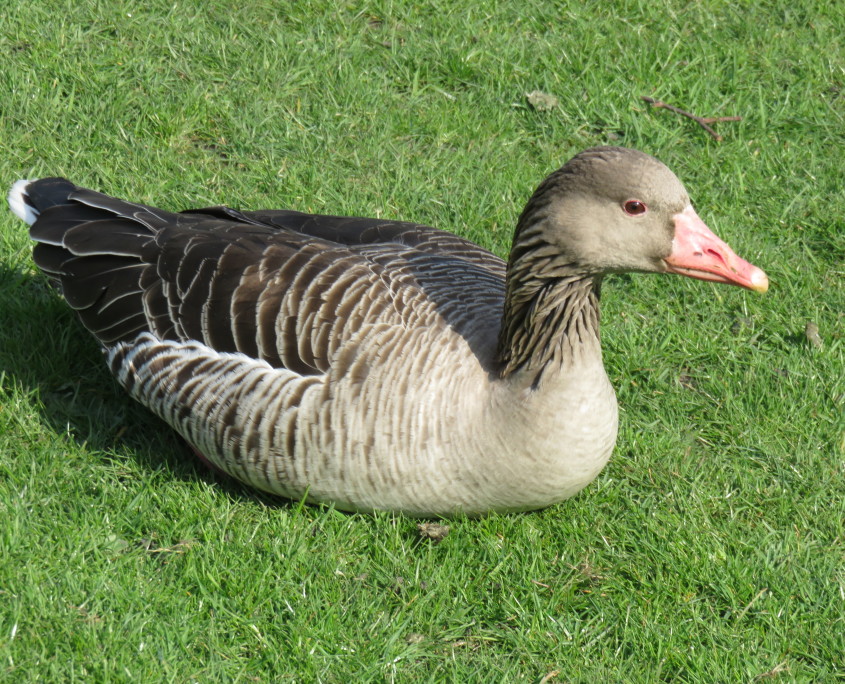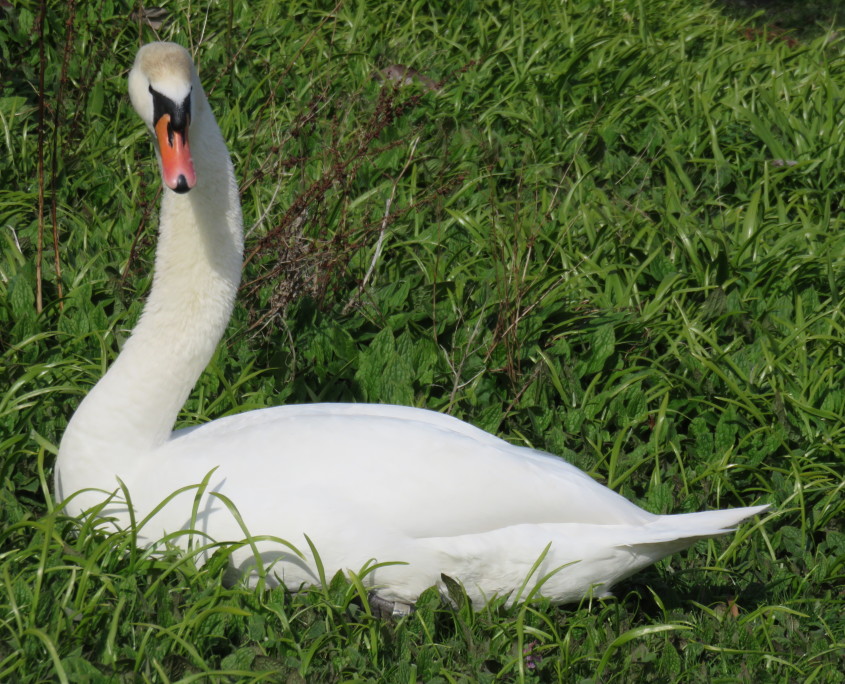Botanisk Have – Botanical Garden
–
Botanisk Have is the Botanical Garden of the University of Copenhagen. It is located in the center of Copenhagen, Denmark, covers an area of 10 hectares, and serves research, educational and recreational purposes.
Botanisk Have was first established in 1600 but was moved twice before it obtained its present location in 1870. It was probably founded to secure a collection of Danish medicinal plants after the Reformation had seen many convents and their gardens abandoned or demolished.
In 1874 the garden got its large complex of glasshouses at the initiative of Carlsberg founder J. C. Jacobsen who also funded it. His inspiration was the glass building Crystal Palace that was erected for the Great Exhibition in London in 1851.
Today Botanisk Have is an informal garden with free admission. There are conservatories, a museum and herbarium, a library (admission by appointment only), a plant shop, and an eating place.
Botanisk Have contains more than 13,000 species, almost all of which have been collected in the wild. The garden is arranged in different sections including Danish plants (600 species), perennial plants (1,100 species), annual plants (1,100 species), rock gardens with plants from mountainous areas in Central and Southern Europe, and Conifer Hill which is planted with coniferous trees. One of the newest inclusions is a rhododendron garden.
The garden has many beautiful trees. The oldest is a taxodium from 1806 that was moved along from the old location at an age of 60 years.
Botanisk Have has 27 glasshouses. The most notable is the 3000 sqm conservatory complex from 1874.
The Palm House is 16 meters tall and has narrow, cast-iron spiral stairs leading to the top. Plants include a palm from 1824 and a fine collection of cycads, some of which are more than 100 years old. A fifty metres long glasshouse has an extensive collection of cacti and other succulents whilst another has orchids and begonias. A modern glasshouse is dedicated to caudiciforms. The garden also has a special air-conditioned greenhouse that can re-create environments suitable for Arctic plants.
The university’s botanical museum and herbarium are housed in a building situated within the garden, giving the garden staff ready access to reference works and more than 2 million dried plant specimens.
In 1909 to 1911, Carl Jacobsen installed a number of classical statues in the garden. Here is a link to a page giving an overview of the statues in the Botanical Garden.
The recent renovation
Just a single visit one late summer afternoon confirms that the Botanical Garden, after a large-scale renewal from 2009 to 2012, appears harmonious and inviting.
As you enter the garden, the city’s noise is muted, and plants, natural sounds and a rolling landscape reveal themselves to visitors.
The paths up to the Palm House have been traced back to their romantic curves, and new pavings mean that one can now get very close to all plants.
Curved paths with a uniformly light gravel-like surface meander around the garden’s diversity of plants in the fertile grounds. The footpaths up to the Palm House are traced back to their curved course as in the original garden plan of 1874.
Landscape gardener Henrik August Flindt created the Botanical Garden in the scenic, romantic style inspired by some of England’s foremost gardens.
All of his original drawings for the garden are preserved, which is a bit of a rarity in the garden historical context. In addition, there is an extensive Guide in the University’s new Botanical Garden from 1875, prepared by botanist Johannes Lange, who set the plants.
How demanding, the restoration of the garden would become, was not immediately clear, but a dialogue with A.P. The Møller Foundation created the opportunity for a more extensive renovation project, where quality came first.
One of the major challenges with the restoration of the Botanical Garden has been to rediscover the spirit of the garden and to define and maintain its completely unusual atmosphere, says Jens Hendeliowitz.
For that he has dived into the great source material, among other things. The garden’s many thousand plants are largely in the same place according to Johannes Lange’s original instructions.
Now the focus is on the important, namely the plants.
The original outlook lines have been re-established. by thinning plants and trees. The idea is that the garden’s guests should be constantly surprised by a beautiful view.
A long view of the garden to the former Municipal Hospital has been opened from the Observatory Hill.
“The hospital was a prestigious building at the time, and it is completely in line with the philosophy behind the garden that you move around and are constantly surprised by a new planting area or a beautiful view,” says Jens Hendeliowitz.
The surroundings of the Observatory Hill and the Observatory Building, the highest place in the Inner City, are now included as an extension of the Botanical Garden. They are now open for recreational activities for kindergartens, school children and other visitors.
The restoration of the Botanical Gardens has required careful thinning and replacement of plants and trees, among other things to re-establish Flindt’s prospects.
The Botanical Garden is precisely a living garden, a living museum, and therefore some replacement and addition to the collection is a natural thing, says Morten Meldgaard, director of the State Natural History Museum. “We know the history of each plant and have documentation of where it came from and when it was collected.”
It is precisely this detailed documentation that makes the big difference between the Botanical Gardens and other large gardens in Denmark.
Because in the Botanical Garden, ordinary citizens and students can acquire knowledge about the plants and become acquainted with a wide range of plant families worldwide, including the Danish.
Visitors to the garden can acquire knowledge about the plants. at events such as Botanical Gardens Day.
But the Botanical Garden is also a research garden and a research tool. The functions have changed in parallel with changes in research and research methods.
Today, the focus is on plant genetics, where, for example, in the 20th century emphasis was on the morphology and development of plants. The garden plays now an important role as a gene resource, also internationally.
There is a number of plants and plant species that are threatened or extinct. in the wild. A famous example of the latter is Toromiro, the tree from Easter Island, which today is only found in collections like the Botanical Gardens.
The beauty of the Botanical Garden has not only breathed new life into a unique piece of Danish garden history, it has also created a better framework for preserving the Botanic Garden’s collection of over 9,000 plant species for posterity.
Expectations are fully met thanks to professional efforts. The foundation’s chairman, Ane Mærsk Mc-Kinney Uggla, emphasized at the inauguration of the revamped garden: “Landscape architect Jens Hendeliowitz has had a fine grip on the task in this renovation project. It makes the Botanical Garden easier to maintain and use, which plays well with Flindt’s original plan. A beautiful and easily accessible plant for the pleasure of young and old. ”

